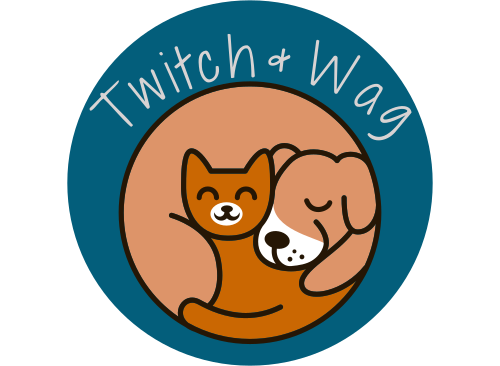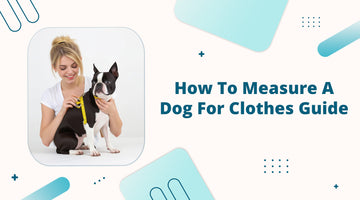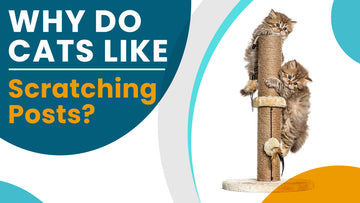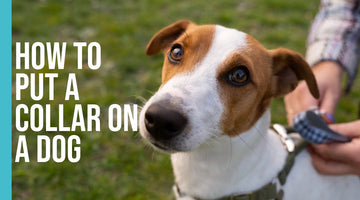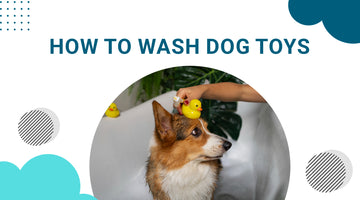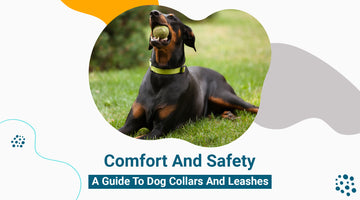
Choosing the best dog collars and leash isn't just about style—it's about ensuring your animal friend's comfort and safety. A well-fitted collar prevents injuries and enhances control, while a durable leash keeps your dog secure during walks. Prioritize quality and fit to protect your pet and make outings enjoyable. Your dog's well-being depends on it.
This guide will help you navigate the various options available, so you can find the perfect fit for your dog's needs.
Understanding Dog Collars and Leashes
Dog collars and leashes are essential tools for any dog owner. They not only provide a way to keep your dog safe and secure but also play a role in training and behavior management.
Types of Dog Collars

There are several types of dog collars, each serving a different purpose:
- Flat Collars: The most common type, ideal for everyday use.
- Martingale Collars: Great for training, providing gentle control.
- Head Collars: Designed for dogs that pull on the leash.
- Harnesses: An alternative to traditional collars, distributing pressure across the body.
Types of Dog Leashes

Leashes come in various styles, including:
Standard Leashes: Basic and functional, available in different lengths.
Retractable Leashes: Allow for more freedom of movement.
Adjustable Leashes: Versatile and can be used in multiple ways.
Hands-Free Leashes: Perfect for running or jogging with your dog.
Best Dog Collars
When searching for the best dog collars, consider factors like durability, comfort, and design. Popular brands like twitchandwag offer high-quality options that cater to different needs.
Best Material for Dog Collar
The material of the collar can significantly impact its comfort and durability. Common materials include:
- Nylon: Lightweight and affordable.
- Leather: Durable and stylish.
- Biothane: Waterproof and easy to clean.
Designer Dog Collars and Leashes
Designer collars and leashes aren't just about aesthetics—they often offer superior quality and unique features. Brands like Louis Vuitton and Gucci provide luxurious options for the fashion-forward pup.
Choosing the Right Collar and Leash for Your Dog
Selecting the right collar and leash involves considering factors like your dog's size, breed, and behavior. Measure your dog's neck accurately and be prepared to try a few different options to find the perfect fit.
Comfort Considerations
Comfort is crucial for your dog's happiness. Look for collars with padded interiors, adjustable straps, and breathable materials.
Safety Tips for Using Collars and Leashes
1. Choose the Right Size: Ensure the collar fits snugly but not too tight. You should be able to fit two fingers between the collar and your pet's neck.
2. Inspect Regularly: Check the collar and leash for wear and tear. Replace them if they show signs of damage to prevent accidents.
3. Proper Leash Length: Use a leash length that gives you control while allowing your pet some freedom to move. Typically, a 4 to 6-foot leash is ideal for most pets.
4. Avoid Choke Collars: Choke and prong collars can cause injury. Opt for a flat collar or a harness for safer walks.
5. Use Reflective Gear: For evening or early morning walks, choose collars and leashes with reflective materials to improve visibility.
6. Identification Tags: Ensure your pet's collar has an ID tag with up-to-date contact information in case they get lost.
7. Leash Training: Train your pet to walk calmly on a leash to prevent pulling, which can lead to injuries.
8. Supervise Closely: Never leave your pet unattended while they are tied up or on a leash, as this can lead to choking or entanglement.
9. Check Fit Regularly: Puppies and growing pets may need their collar size adjusted frequently. Ensure the collar fits properly as it grows.
10. Use Breakaway Collars: For cats, use breakaway collars that will release if they get caught on something to prevent choking.
By following these tips, you can ensure your pet’s safety and comfort while using collars and leashes
Maintenance and Care
Keeping your dog's collar and leash clean and well-maintained will extend their life. Regularly wash them and inspect them for signs of wear and tear. Replace them if they become damaged.
Expert Tips
Regular inspections of your dog's collar fit and condition are advised by veterinarians and dog trainers. Additionally, they advise switching up your dog's collars and harnesses to avoid neck strain.
Selecting the ideal dog collar and leash is about more than simply style; it's about making sure your pet is comfortable and safe. You can make an informed choice that is good for your pet and you both by taking into account the many kinds, materials, and features that are available.
Ready to find the perfect collar and leash for your furry friend? Visit Twitch and Wag to explore our wide selection of high-quality, stylish, and safe options. Your dog deserves the best—purchase now and give them the comfort and safety they need! 🐾
FAQs
What type of dog collar is considered the safest and most humane?
A: Martingale collars are often considered the safest and most humane, as they provide gentle control without choking.
Do vets recommend dog collars?
A: Yes, most vets recommend using collars, but they emphasize the importance of choosing the right type and ensuring a proper fit.
What is the most comfortable collar for dogs?
A: Padded collars made from soft materials like neoprene or leather are generally the most comfortable for dogs.
How do I choose a dog collar and leash?
A: Consider your dog's size, breed, and behavior. Measure their neck accurately and choose materials and designs that provide comfort and safety.
Also Read: The Ultimate Guide to Choosing the Best Retractable Dog Leash
